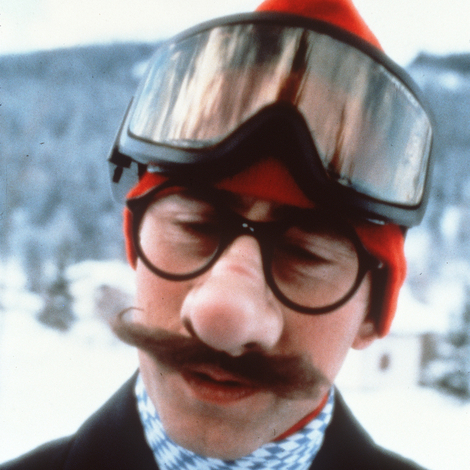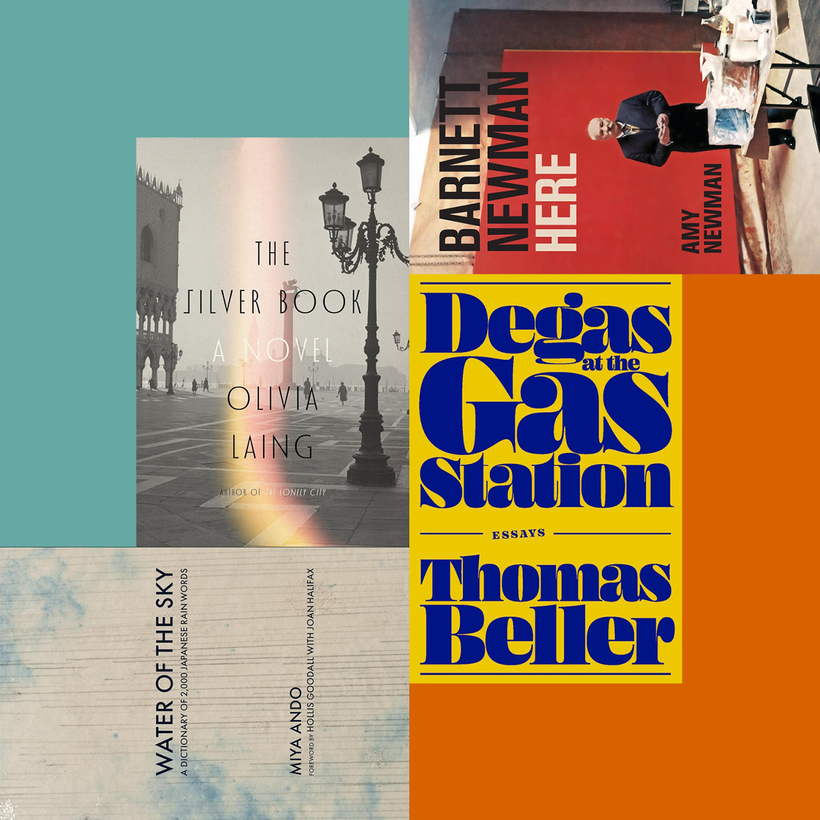In their entrancing historical novel, The Silver Book, English writer Olivia Laing immerses us in the febrile world of 70s Italian filmmaking through the eyes of the legendary set-and-costume designer Danilo Donati. They focus on 1975, when he juggled creative duties on Federico Fellini’s Casanova at Cinecittà and Pier Paolo Pasolini’s Salò in Mantua. Laing embraces Donati the way Hilary Mantel embraced Thomas Cromwell, thoroughly inhabiting his gift for eye-popping design and his deft handling of the two contrasting virtuosic directors—the mercurial, dictatorial Fellini and the controlled, hyper-focused Pasolini.
Laing’s Donati has a rare talent for the art of living, and for making everyone in his orbit feel valued, especially Nicholas Wade, the lost young Englishman he’s taken on as his apprentice and paramour. Donati schools him on pre-C.G.I. movie magic, using mundane objects like hard candy to simulate mosaics, Parmesan cheese for snow, black plastic sheeting for waves on the sea. “It’s not like looking with your own eyes,” Donati explains. “You can’t just film a bowl of cherries and expect them to look like cherries on the screen.”
In brisk but sensorial prose, Laing follows their work on the two films, including the sumptuous, Oscar-winning costumes for Donald Sutherland as Casanova, who emerges as an obliging vessel for Fellini’s grotesque concept of the role. More sobering are the horrors filmed with cool objectivity by Pasolini for Salò, one of the most controversial films ever made, based on a story by the Marquis de Sade.
Laing weaves a mystery involving Wade throughout the book, in which he unwittingly sets off events that lead to tragedy. This is handled believably, but The Silver Book is best appreciated as a shimmering elegy for these filmmakers and a revolutionary era in cinematic history. —Lisa Henricksson
First things first: Amy Newman is not related to her subject, though she shows such deep understanding of the man and New York’s postwar art world that she might well feel she is. Barnett Newman had none of the traditional training to become an artist, and he spent his first three or four decades as a critic and liberal crusader (he ran against Fiorello La Guardia for mayor in 1933) before focusing on his art until his death, in 1970 at age 65. He is best known for his “zip” paintings, a canvas of a single color with a stripe of a different color running across it. He left behind only 118 finished paintings, but his influence in the Abstract Expressionist movement belies his output. Amy Newman has written a deeply researched and learned book about a complicated artist and his times that is an utter pleasure to read. —Jim Kelly
Few essayists write about their families with the verve and insight that Thomas Beller brings to his stories about his parents, wife, and two children, among others, and in his latest book he unpacks the wonders and riddles of being a son, a husband, and, especially, a father. The title essay refers to an episode about his daughter, dressed in ballet togs, with him at a gas station in New Orleans, where he teaches at Tulane, but there are a score of pieces that could just as well be the title of this gem of a book, including “Napoleon on the Back Stairs” and “The Two-Thousand-Dollar Popsicle,” the first about noisy kids in a Manhattan apartment building and the second about a ruined slipcover, but both, certainly, are about much more than that. —J.K.
This is the book you don’t know you need until you open it. After all, the subtitle is “A Dictionary of 2,000 Japanese Rain Words.” Miya Ando provides exquisite colored drawings of 100 of the words, including “Rain That Falls on New Leaves and Blades of Grass That Have Sprung Up in Spring,” “An Entire Town Is Hit with Rain and Wind,” and “Rain in the Moonlight.” No need to understand Japanese to marvel at the English translations and to be hopeful that you never get caught in the “Rain That Splits a Dragon’s Body in Half.” Shake your umbrella in gratitude to the MIT Press for publishing such a gorgeous book. —J. K.
Jim Kelly is the Books Editor at AIR MAIl. He can be reached at jkelly@airmail.news
Lisa Henricksson reviews mysteries for Air Mail. She lives in New York City

